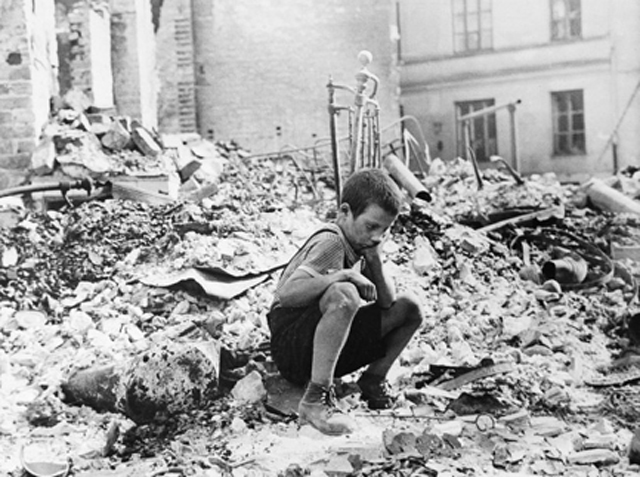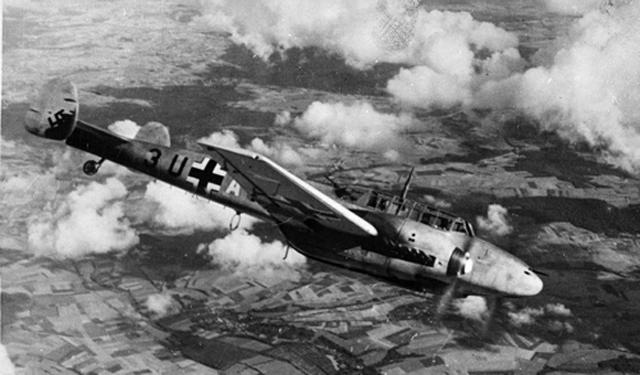Battle of the Atlantic
U-36 sinks the Swedish merchant ship Silesia (1839t) 45 miles WNW of Egersund, Norway.
[Germany, Home Front
Food rationing of bread and flour is introduced.
[Poland
The Germans step up their bombardment of Warsaw and add heavy air attacks to it. 400 bombers and Stukas make repeated sorties starting huge fires. Hitler wishes to complete the conquest as soon as possible and since the garrison is fairly strong it is necessary to force them to submit by terrorizing the civilian population. The bombing continues until the surrender.
Devastation in Warsaw |
 |
Fully Equipped Messerschmitt |
 |